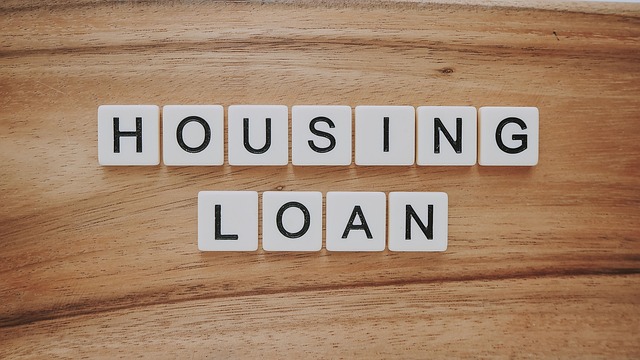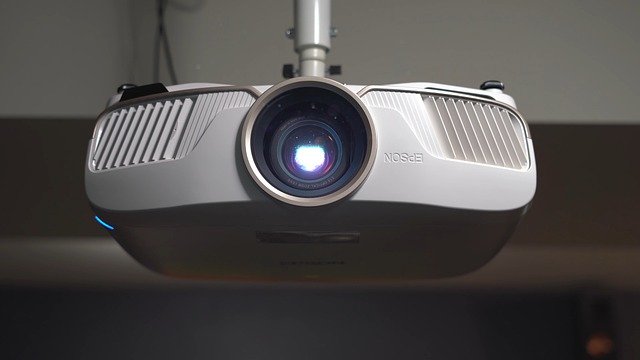Understanding Reverse Mortgages: A Complete Guide for Senior Homeowners
A reverse mortgage is a specialized financial product that allows homeowners aged 62 and older to convert part of their home equity into cash while retaining ownership of their property. Unlike traditional mortgages, reverse mortgages don't require monthly payments, and the loan is typically repaid when the borrower moves out, sells the home, or passes away. This financial tool has become increasingly popular among seniors looking to supplement their retirement income.

Types of Reverse Mortgage Loans Available
The most common type is the Home Equity Conversion Mortgage (HECM), which is insured by the Federal Housing Administration (FHA). Proprietary reverse mortgages are private loans that may offer higher lending limits but typically come with different terms. Single-purpose reverse mortgages, offered by some state and local government agencies, can only be used for specific purposes like home repairs or property taxes.
Understanding the Financial Implications
Reverse mortgages accrue interest over time, and the loan balance increases as you receive payments and interest accumulates. The amount you can borrow depends on several factors, including your age, home value, current interest rates, and the specific type of reverse mortgage you choose. It’s crucial to understand that while you won’t make monthly payments, the loan must eventually be repaid.
Costs and Fees Associated with Reverse Mortgages
| Fee Type | Typical Range | Description |
|---|---|---|
| Origination Fee | $2,500-6,000 | Based on home value |
| Mortgage Insurance Premium | 2% upfront, 0.5% annual | Required for HECM loans |
| Closing Costs | $1,000-3,000 | Includes appraisal, title search |
| Servicing Fees | $30-35 monthly | Ongoing administration |
Prices, rates, or cost estimates mentioned in this article are based on the latest available information but may change over time. Independent research is advised before making financial decisions.
How to Use Reverse Mortgage Funds
Borrowers can receive their reverse mortgage proceeds in several ways: as a lump sum, monthly payments, a line of credit, or a combination of these options. The line of credit option can be particularly beneficial as the unused portion grows over time, providing access to more funds in the future. These funds can be used for various purposes, including home improvements, medical expenses, daily living costs, or creating an emergency fund.
Considering the Long-term Impact on Your Home Equity
When evaluating a reverse mortgage, it’s essential to consider how it will affect your long-term financial planning and estate goals. While you retain ownership of your home, the loan balance will reduce the equity available to your heirs. However, reverse mortgages are non-recourse loans, meaning neither you nor your heirs will owe more than the home’s value when the loan becomes due. This protection ensures that other assets remain safeguarded, even if the loan balance exceeds the home’s value.






